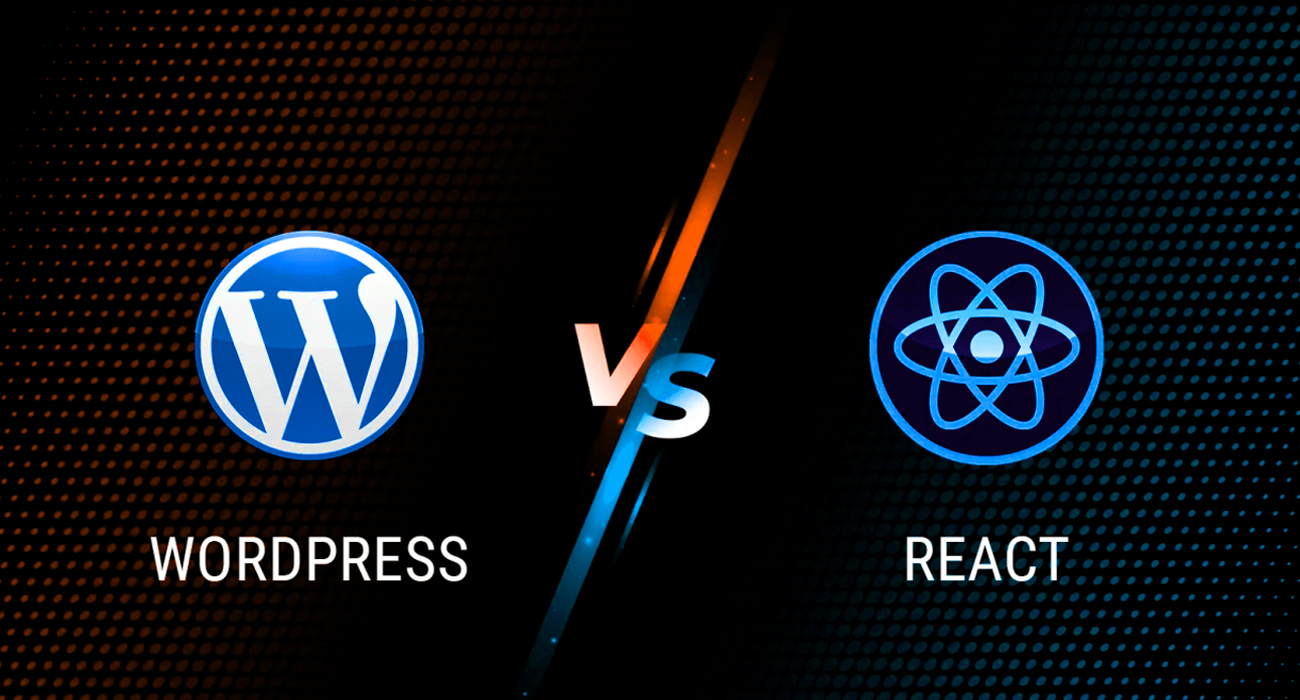WordPress and React are two distinct technologies commonly used in web development, but they serve different purposes and have different strengths. Let’s compare them in various aspects:
- Nature and Purpose:
- WordPress: WordPress is a content management system (CMS) primarily used for creating blogs, websites, and other content-driven platforms. It provides a user-friendly interface for non-developers to manage and create content easily.
- React: React is a JavaScript library for building user interfaces, particularly single-page applications (SPAs). It’s focused on creating dynamic, interactive, and responsive user interfaces.
- Development Approach:
- WordPress: WordPress often involves using pre-built themes and plugins to customize the appearance and functionality of a website. It’s suitable for those who want to get a website up and running quickly without extensive coding.
- React: React is a library for building applications from scratch. It’s more suitable for developers who want fine-grained control over the application’s behavior and user interface.
- Flexibility:
- WordPress: While WordPress allows customization through themes and plugins, its flexibility might be limited by the constraints of the CMS architecture. It’s well-suited for relatively simple websites but might face challenges when building highly custom applications.
- React: React provides high flexibility and control over every aspect of your application. You can create complex and customized user interfaces and integrate with various backends and APIs.
- Performance:
- WordPress: The performance of a WordPress site can be impacted by the number of plugins used, the quality of the theme, and the size of the content database. It might not be as optimized for performance out of the box.
- React: React applications can be optimized for performance by employing techniques like virtual DOM diffing, code splitting, and lazy loading. You have more control over performance optimizations.
- Learning Curve:
- WordPress: WordPress is relatively easy to get started with, especially for non-developers. Its user-friendly interface and WYSIWYG editor make it accessible to people with limited technical knowledge.
- React: React has a steeper learning curve, especially for those who are new to JavaScript and modern front-end development. It requires a good understanding of JavaScript, JSX, and concepts like components and state management.
- Scalability:
- WordPress: WordPress can handle moderate levels of traffic and content, but it might face challenges when dealing with high-traffic websites or complex applications.
- React: React can be used to build scalable applications by employing tools and patterns for state management, server-side rendering, and data fetching.
- SEO:
- WordPress: WordPress is generally considered SEO-friendly, with built-in features for optimizing content for search engines. However, SEO performance might be influenced by the theme and plugins used.
- React: React-based SPAs might face initial SEO challenges due to the nature of single-page applications. Techniques like server-side rendering (SSR) or using tools like Next.js can address these challenges.



